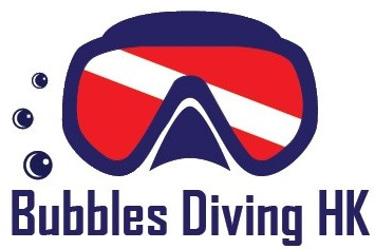
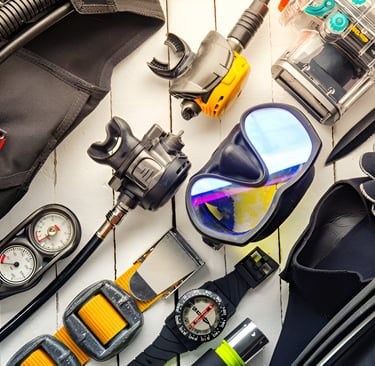
The Art of Buoyancy Control: Why It Matters and How to Master It 🐠
Ever wonder how seasoned divers glide weightlessly through the water like they’re part of the ocean itself? That effortless motion is the result of mastering buoyancy control, a foundational skill that transforms ordinary dives into smooth, serene adventures.
The first thing you need to sort out to master buoyancy is your weighting, too light and you float, too heavy and you end up having to put large amounts of air in your BCD to compensate for the extra weight. Ideally, you want to be weighted just right or slightly on the negative side. Most recreational instructors dive slightly over-weighted, especially when teaching because it gives them that little bit extra negative buoyancy if they need to control a student’s ascent.
🌊 Why Buoyancy Control Is a Big Deal
Buoyancy isn’t just about staying afloat—it’s about finding the sweet spot where you’re not sinking or rising, but suspended in the water like magic. Mastering this skill improves your:
Environmental Impact: Avoid damaging coral or disturbing fragile ecosystems.
Air Efficiency: Less effort means slower air consumption, giving you more bottom time.
Safety: Prevents uncontrolled ascents/descents that can cause serious injuries.
Overall Experience: A well-balanced diver is a confident, relaxed, and happy diver.
28-06-2025, 2 min read
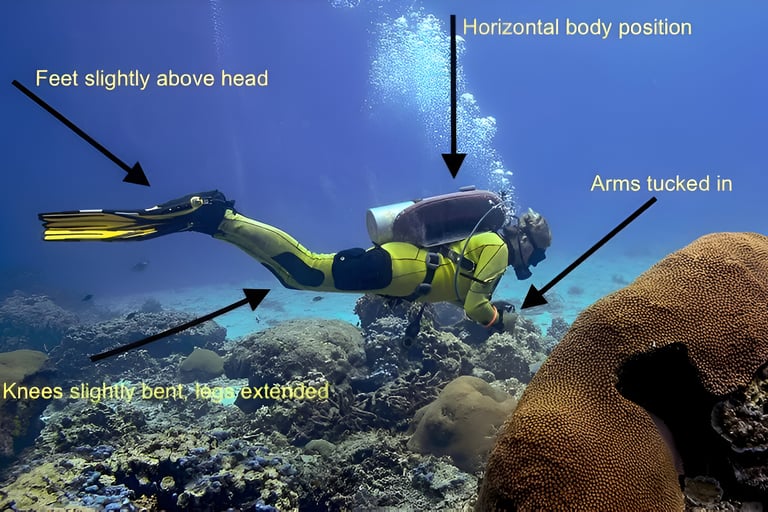

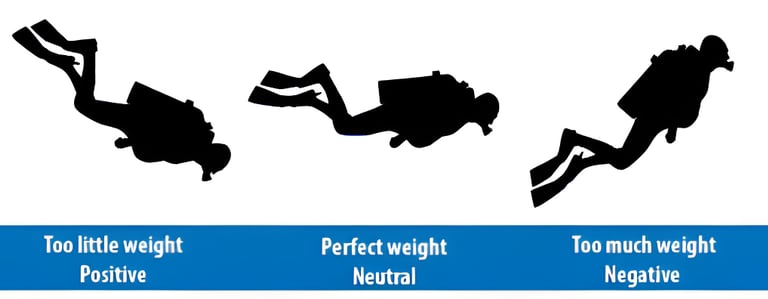

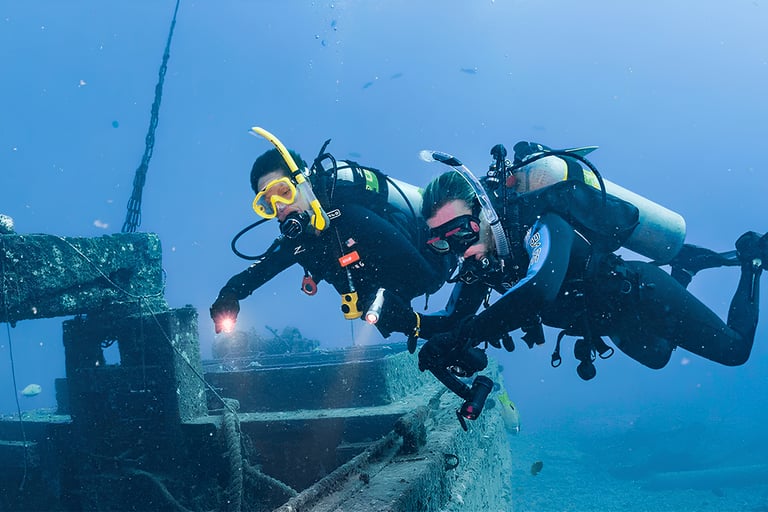

🌟 Advantages of Excellent Buoyancy
Once you’ve got buoyancy down, here’s what you can look forward to:
1. Environmental Stewardship
Neutral buoyancy helps you avoid accidental contact with coral reefs, marine life, or the seabed. This reduces damage to fragile ecosystems and keeps sediment from clouding the water—preserving visibility for everyone.
2. Improved Air Efficiency
When you’re neutrally buoyant, you move less and breathe more slowly. This conserves your air supply, allowing for longer, more enjoyable dives without cutting them short due to low air.
3. Enhanced Safety
Proper buoyancy prevents uncontrolled ascents or descents, which can lead to decompression sickness or barotrauma. It also helps you maintain a safe distance from hazards like sharp rocks or jellyfish.
4. Effortless Movement
With good buoyancy, you glide through the water with minimal effort. This reduces fatigue and lets you focus on the experience rather than constantly adjusting your position.
5. Better Photography and Videography
Stable positioning is key for capturing crisp underwater shots. Buoyancy control lets you hover in place without disturbing marine life or stirring up debris.
6. Professionalism and Confidence
Divers with excellent buoyancy control are often seen as more skilled and trustworthy. It builds confidence and opens the door to advanced diving opportunities like wrecks, caves, or drift dives.
Correct trim
⚖️ How to Fine-Tune Your Buoyancy
To get your weighting spot on, you should be able to float at eye level on the surface with a fully deflated BCD while holding a normal breath of air in your lungs. As you exhale slowly, you should start to sink until your whole head goes under. When you inhale, you should start to float up until the majority of your face is out of the water. Initially to make things somewhat easier once you have established your proper weighting, you can add 1 kg to make yourself just that little bit extra negative.
One of the biggest mistakes made by inexperienced divers when adding or taking air out of their BCD is to overdo it. As they descend, they feel they need to put some air in and they give their inflator a huge burst; this puts too much air in and the diver goes from being too negative to being too positive in a matter of seconds. The same happens when making ascents and the diver takes out too much air, becomes negative and starts sinking.
1. Nail Your Weighting Start at the surface—empty BCD, half-full lungs. You should float at eye level. Adjust weights until that’s your starting point.
2. Distribute Weight Wisely Trim is key. Position weights to keep yourself horizontal in the water, reducing drag and effort.
3. Use Your Breath Think of your lungs as a natural buoyancy tool. Inhale gently to rise, exhale slowly to descend. With practice, your breath becomes a fine-tuning device.
4. Slow and Smooth Wins Avoid erratic movements. Stay calm and make adjustments gradually.
5. Practice Makes Perfect Try hovering mid-water without moving your arms or legs. Set challenges on each dive to improve your control.
Bouyancy control
Netural is best
Scuba Fins: An Essential Tool for Underwater Exploration
22-06-2025, 3 min read
When it comes to scuba diving, having the right gear is crucial for a safe and enjoyable experience. Among the most important pieces of equipment are scuba fins. These simple yet effective tools significantly enhance your mobility underwater, allowing you to navigate effortlessly through the ocean's depths. In this blog, we'll explore the different types of scuba fins, their features, and tips for choosing the right pair for your diving adventures.
Types of Scuba Fins
Open Heel Fins
Description: These fins have an open back, allowing the diver to wear booties. This design provides a more adjustable fit and is often preferred for colder water or rocky environments.
Advantages: Enhanced comfort, better fit, and increased protection for the feet.
Full Foot Fins
Description: These fins cover the entire foot and are typically used in warmer waters. They are easy to put on and take off, making them a popular choice for casual divers.
Advantages: Lightweight, compact, and comfortable for short dives.
Split Fins
Description: Designed with a unique split down the center, these fins allow for a more efficient stroke, reducing drag and increasing propulsion.
Advantages: Less fatigue, improved maneuverability, and energy efficiency.
Blade Fins
Description: Traditional fins with a solid blade that provides strong propulsion. They require more effort to use but can be very effective.
Advantages: Great for strong currents and experienced divers seeking power and control.
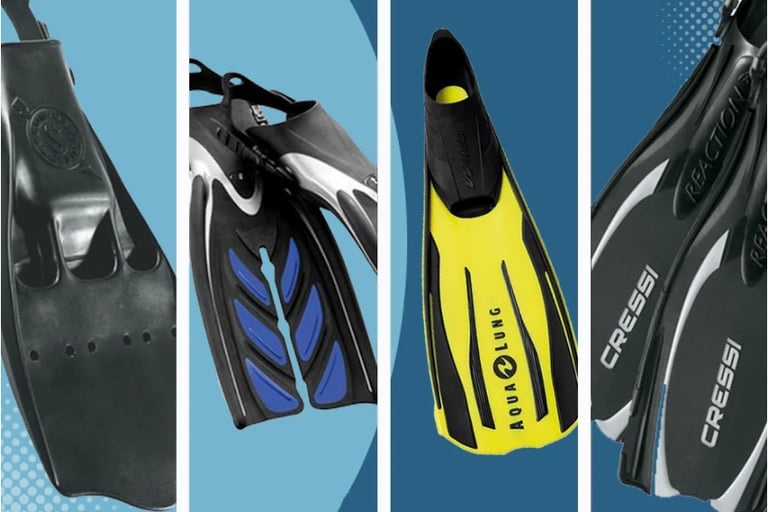

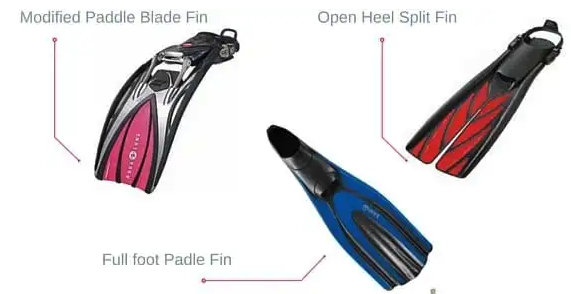

Key Features to Consider
Material: Fins are usually made from rubber, plastic, or a combination of both. Softer materials provide comfort, while stiffer ones offer more propulsion.
Size and Fit: Ensure a snug fit to prevent blisters and discomfort. It's essential to try on fins with your dive booties, if applicable.
Weight: Consider how much weight you want to carry. Lightweight fins are great for travel, while heavier ones may provide better performance.
Tips for Choosing the Right Fins
Assess Your Diving Style: Consider the type of diving you’ll be doing. For instance, if you dive in cold water or rocky environments, open heel fins may be ideal.
Try Before You Buy: If possible, test different styles and sizes in a pool or at a dive shop to find the best fit.
Consider Your Experience Level: New divers might prefer full foot fins for simplicity, while seasoned divers might want to invest in split fins for efficiency.
Conclusion
Scuba fins are not just accessories; they are essential tools that can greatly impact your diving experience. By understanding the different types, key features, and how to choose the right ones, you can enhance your underwater adventures. Whether you're exploring vibrant coral reefs or navigating through kelp forests, the right fins will help you glide effortlessly through the water. Happy diving!Write your text here...
Type of fins
A Comprehensive Guide to Choosing the Perfect Scuba Diving Mask


Understanding the Importance of a Quality Scuba Mask
Choosing the perfect scuba diving mask is an essential step in ensuring a comfortable and enjoyable underwater experience. A quality scuba diving mask allows for clear vision and prevents water from entering, providing divers with the confidence needed to explore the depths of the ocean. Regardless of whether you are a beginner or an experienced diver, understanding how to choose the right mask can enhance your diving adventure.
Key Features to Consider
When selecting a scuba diving mask, several factors come into play. First and foremost, the fit is crucial. The mask should create a proper seal around your face without being too tight, as this can lead to discomfort during your dive. You can test the fit by placing the mask on your face without the strap and inhaling gently through your nose. If it holds without falling, it’s likely a good fit.
Another important feature is visibility. Masks with a low volume design provide a wider field of vision, allowing divers to appreciate their surroundings fully. Additionally, consider the lens material – tempered glass lenses are commonly preferred due to their durability and scratch resistance.
Choosing Lens Types and Additional Features
The lens type of your scuba diving mask can significantly impact your underwater experience. Single lens masks allow for a broader vision, while dual lens masks offer the advantage of prescription lenses for those who need corrective vision. Moreover, some masks come equipped with features like tinted lenses, which are particularly beneficial in bright underwater environments, reducing glare and enhancing comfort.
Try before you buy - The most important step is to try on different masks to see which one fits your face best.
Furthermore, think about the straps and buckles. Comfortable and adjustable straps help ensure that the mask remains securely in place, while quick-release buckles facilitate easy adjustments on the go. For divers who frequent colder waters, a mask with a wide skirt or added insulation can provide extra warmth.
Conclusion: Making Your Choice
In conclusion, choosing the right scuba diving mask requires consideration of various factors including fit, visibility, lens type, and additional features. It’s advisable to try on different masks if possible, and consult with experienced divers or professionals at your local dive shop. By investing time in selecting the perfect mask, you enhance your diving experience significantly, open up new adventures, and enjoy the underwater world to its fullest.

16-06-2025, 2-min read
Introducing the New 2025 BCD: Travel Light and Durable!
Travel Made Easy with the New BCD
Hey there, fellow adventurers! If you’re planning your next diving trip or looking for an upgrade, it’s time to get excited about the new BCD designed specifically for 2025! This BCD, or buoyancy control device, is engineered to be as lightweight as possible without compromising on durability. Whether you’re a seasoned pro or just starting out, this new gear is set to revolutionize your diving experience.
What Makes This BCD Stand Out?
Traveling with diving equipment can often feel like packing for an expedition. Luckily, the newly introduced BCD is here to shake things up! Its lightweight design means you can easily stash it in your luggage without worrying about exceeding weight limits. Plus, it’s constructed from high-quality, durable materials that withstand the rigors of travel and the underwater environment, ensuring it'll serve you well on countless adventures.
The Perfect Fit: Jacket BCD
The Travelight is the best back-inflation scuba B.C.D. designed for travel. Thanks to its soft backrest and to the ultra-light structure, it can be folded and packed to easily put in even a carry-on bag. Very light and fully accessorized.
The air bladder design enhances the lateral distribution of air for a natural balance of weight. It combines traditional structure with notable buoyancy, and due to its waist-length shape and larger wings, it is especially hydrodynamic.
It features the Cressi Inflator Flat, with an intuitive and anatomic handle. With the double air filtration system, it prevents the infiltration of particulates that could clog the mouth of the valve. 2 dump valve with front control.
The integrated Weight Lock-Aid System 2.0 facilitates automatic intuitive pocket insertion/extraction, even while wearing the jacket and under challenging conditions. Capacity of 9.9 lb | 4.5 kg each.
2 spacious, lateral deep pockets with zipper closures and bottom and side gussets ensure plenty of carrying capacity. 2 rear trim pockets for extra-weight. A total of 8 D-rings for accessories.
This BCD is not only practical for travel but also enhances your overall buoyancy control while diving. The thoughtfully designed adjustments and straps allow for a snug fit, so you can focus on exploring dive sites rather than fussing over your gear. It’s these tiny improvements that contribute to a more enjoyable diving experience.
If you are looking for a light travel BCD, then maybe consider Cressi Lightest Travel Scuba Diving BCD - Folds Completely to Save Space - Fully Accessorised: 8 D-Rings, 2 Wide Side Pockets, 2 Rear Trim Pockets - High Lift Capacity - Travelight: Designed in Italy.
The Cressi Travelight BCD is only 2.5kg (Jacket) with integrated weights. Sizes from X-small to X-Large. Best choice for novice divers. This BCD is great for both Men and women alike.
In conclusion, if you're in the market for a new BCD in 2025, this travel-friendly, durable option should definitely be on your radar. Its unique blend of features provides you with both comfort and functionality, making it an excellent choice for divers who are always on the go! Ready to dive into your next adventure with confidence? Grab your new BCD and make waves! Happy diving!
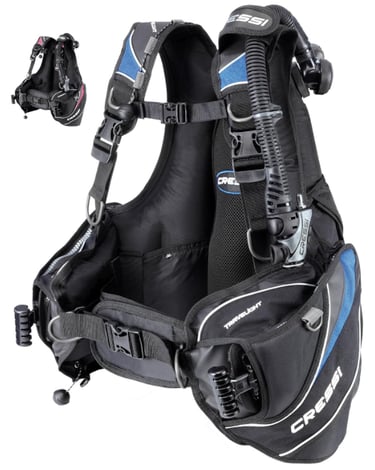

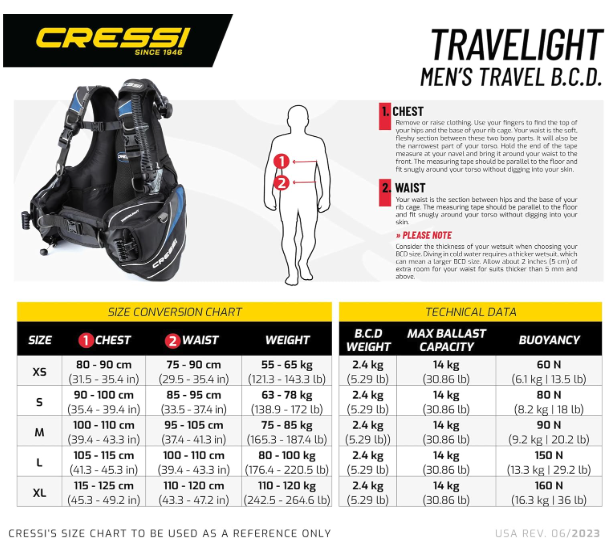

8-06-2025, 2-min read
Contacts
Whatsapp: +852 6200 6701 (Primary) Whatsapp: +852 6904 1892
bubblesdiving.hk@hotmail.com
Location: Kowloon, Hong Kong
Bubbles Diving HK©2025
